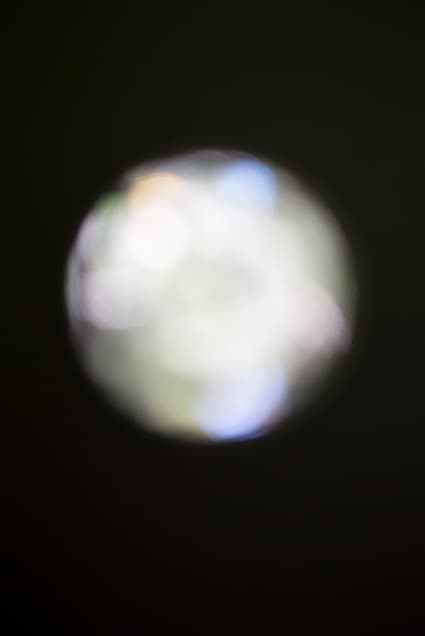SITELINESNATASHA JOHNS-MESSENGER
Included with Museum Pass
Free entry
“You would swear that Johns-Messenger lives in a mirror. Her understanding of optics is dazzling.” Robert Nelson, The Age
This exhibition includes new installations, photographs and light-works by Natasha Johns-Messenger, an artist from Melbourne now based in New York, whose art explores the gap between knowledge and perception. An important starting point for her work came from her discovering that the stars we see in the night sky may no longer exist. She tries to replicate this sense of wonder by creating spatial and viewing experiences that make us question what is real and what is not.
In part Johns-Messenger achieves this by blurring the divisions between her work and the exhibition site itself – in this case Heide. Her works extend architectural and material features of the galleries, and emphasise the existing relationship between the museum’s indoor and outdoor spaces. Several installations use mirrors in a disorienting way that expands our awareness of where we are – we need to pay close attention to our surroundings rather than relying on automatic memory or logic. Though three-dimensional, the installations enact what Johns-Messenger calls ‘real-time image-capture’, a description that likens them to a periscope or camera lens, and indeed they frame living versions of photographs she has taken around the Heide site. These site-photographs, and a related film, delve into subtler layers of seeing, by uncovering colours, shapes and lines present in the Heide landscape, sometimes at a microscopic scale.
Intriguingly, Johns-Messenger’s formalist aesthetic emerges out of painting rather than sculpture. Her compositions reflect her training in postmodern geometric abstraction (Neo-Geo), but also the unknowability of space and time as represented in two dimensions. She is also indebted to minimal art, in particular the light and space movement of the 1960s and 1970s based in Southern California. As with artists from this group, such as James Turrell, for Johns-Messenger the art object is not as important as the experience and perception of the viewer.
The artist has been supported by the Australian Council for the Arts, the Australian Government’s arts funding and advisory body.
VIEW THE ONLINE CATALOGUE
In the news
Sitelines review: Natasha Johns-Messenger uses your illusion at Heide
Robert Nelson, The Age, 10 August 2016
WATCH
Heide Museum of Modern Art would like to thank Hub Furniture for their support of this exhibition.
Take a tour of Sitelines: Natasha Johns-Messenger with a volunteer guide
Sitelines: Natasha Johns-Messenger installation view
2016
Heide Museum of Modern Art, Melbourne
Photograph: Jeremy Weihrauch
